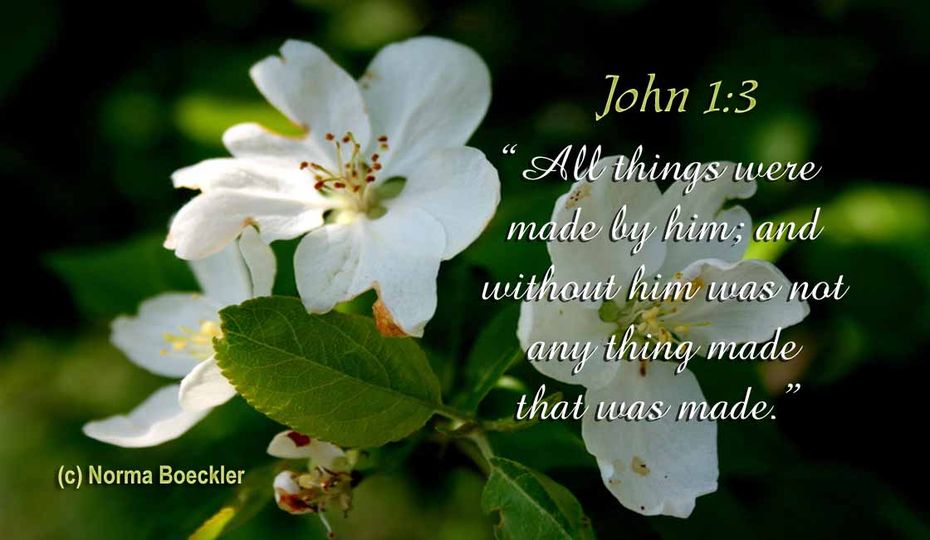Ranger Bob and I finally finished the metal edging down one side of the driveway and across the front of the rose garden. Since our garden areas are always being renewed with wood mulch and tree leaves, the debris gets all over the sidewalk and driveway. This ended when we built the wall. Metal pieces pinned the brown painted metal to the soil at the edge.
Sassy set up a defensive perimeter - in the shade - when we worked.
Fun and Easy Projects
The current state of the rose garden gives food and shelter to a lot of creatures, which is great fun. Sassy and I came back from our morning walk to find baby bunnies playing games, hopping over each other, in the street. Mother rabbit was watching them. She created a diversion while the babies went back to their nest in the garden. |
| Buckwheat seeds are inexpensive and very fast growing. They seed themselves to some extent but do not take over. They illustrate what Paul said about sowing abundantly and reaping abundantly. |
Buckwheat - Instant, Easy Garden
Nothing grows faster and reseeds itself like buckwheat. I have learned to sow lightly so it does not overwhelm the main plants. Buckwheat plants are tall and slender, bloom and seed themselves quickly. Beneficial insects approve. Children and grandchildren can see the results of scattering buckwheat seeds in a few weeks.
Borage for Courage and Salad Decoration
Borage is also called Bee Bread for its attraction to bees. I sow additional borage during rainstorms. The plant does not seem to be growing and suddenly it is blooming pink and blue flowers, with bees crawling over it. The flowers taste cucumberly, and are sometimes used to decorate salads. Borage also makes people feel better, according to legend, but a garden does that too.
Planting Hummingbird Feeders and Flowers
Grumpy Greg used to say, "I don't fill hummingbird feeders. I grow them."
I built up as many hummer plants as I could. Once I saw the birds feeding daily from the plants, I decided a few bucks spent on feeders was worth it.
Squirrels wrecked the bird feeders so I was not going to buy seed for them to monopolize. Several hummingbird feeders are easy to bring close for viewing, easy and inexpensive to fill.
Hummers need plants for nectar and for small critters. Here are the plants I see routinely visited by the birds:
- Butterfly Bush
- Joe Pye
- Bee Balm
- Trumpet Vine.
The birds flit from plant to plant, stop at the feeder, fly up to the maple, and repeat. When they visit their audience, they come closer and do little jigs to turn as they fly upright.
Off with Their Heads
Most gardeners need to prune a lot more. The shears should be sharp and powerful, not old, cheap ones. Some of us like to prune because they always brings results. See John 15:1ff for the True Vine parable.
- Daisies need constant attention because they bloom constantly. If a flower is turning into a button, it should be pruned to promote the growth of more flowers.
- Bee Balm is very attractive to bees and hummers, so the whole crop can be trimmed off at once, for regrowth once the bees have done their job on the clump. Caution - early morning cutting is far better than the afternoon, when bees are working the last of the flowers and rather grumpy.
- Roses grow on fresh, green wood, so a little pruning all the time brings about healthy strong roses.












